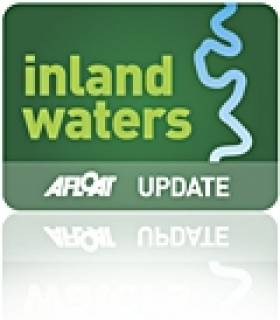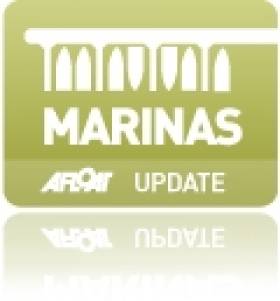Displaying items by tag: regeneration
Dublin Canal Developments Approved
The Minister for Community, Equality and Gaeltacht Affairs, Pat Carey T.D., today announced the approval of the granting of leases for a number of proposed developments on Dublin's canals on the inland waterways.
The developments include the construction of a cycle bridge across the Royal Canal at Spencer Dock, a boardwalk along the Grand Canal at Leeson Street and a pedestrian/cycle bridge across the Grand Canal at Lynches Lane.
The decision to grant leases to Dublin City Council and South Dublin County Council for the proposed developments was taken at a meeting of the North South Ministerial Council in Armagh this morning. Speaking after the meeting, Minister Carey said the decision to approve the leases had the potential to further transform Dublin's waterways for the benefit of the citizens of Dublin.
Minister Carey said, "Developments like those proposed by Dublin City Council will add to the regeneration of the city and will strengthen the environmental, social and economic fabric of the capital. They will add to the quality of life of all and especially to the quality of life of pedestrians and cyclists."
John Martin, Chief Executive of Waterways Ireland, the cross-border body charged with the all-island promotion and development of waterways is delighted that the Ministers have approved the granting of the leases at the NSMC.
He said "Waterways Ireland is happy to facilitate the development of these waterside amenities in the Dublin Area. We hope to work with all the local authorities on many projects in the future right across the Dublin Region."
Proposed 800 berth Cork Marina Would Rival Dun Laoghaire
The redevelopment of the 24-acre Marina Commercial Park in the heart of Cork city's docklands is expected to create 5,000 jobs once completed.
City manager Joe Gavin said: "This 24-acre site is at the heart of Cork's docklands and the announcement is a crucial step in realising Cork City Council's vision for the whole docklands area."
"It's a fantastic story in these bleak times and of course it would greatly add to boating in the south. It's also an example to the rest of the country of the opportunities that lie in city waterways", said David O'Brien of the Irish Marine Federation.
The proposed development features:* More than 800 apartments, providing homes for up to 2,230 people.
* A marina where they can park their boats.
* A range of community amenities.
* A visitor and science centre, the Ford Experience, which is expected to attract up to 300,000 visitors annually.
* A new central plaza to provide a hub for the community, including a creche and library.






























































